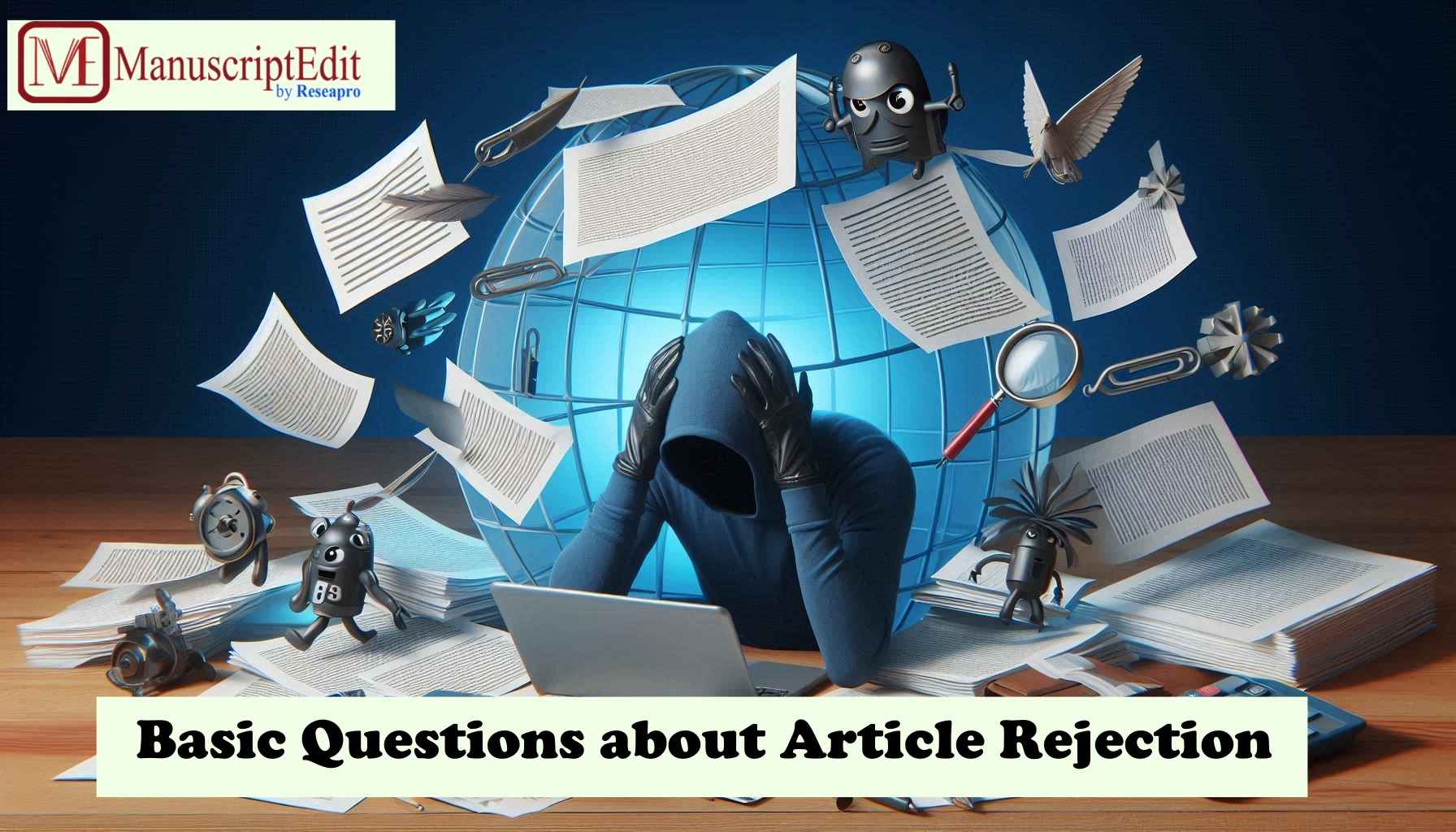|
Getting your Trinity Audio player ready...
|

Preparing and submitting scholarly papers requires a significant investment of time and mental energy. When you work hard on a paper, it can be disheartening to learn that it has been rejected. However, it is crucial to note that more papers are rejected than approved.
What are the most common reasons a journal can reject your paper for peer review?
- The topic of the article is not within the scope of the publication.
- The article type does not correspond to what the journal typically publishes.
- The article does not adhere to fundamental journal criteria.
- The writing does not meet fundamental requirements.
- Issues with references
- Author information is missing.
- Self-plagiarism and plagiarism
What to do if my proposal is rejected?
Take care of yourself.
Rejection is depressing and can be painful. Recognize your feelings. Remember that just your paper has been rejected, not you personally. Try listing your qualities and things you are grateful for or assessing your modest accomplishments to improve your mood and self-esteem.
Consider your objectives.
Avoid getting caught up in the details and instead concentrate on the big picture. Frequently wait a day or two to read comprehensive reviewer remarks, especially when dealing with painful rejections: it can be harmful to immerse yourself in such comments when you are not ready. Peer review is an excellent method, but it is also intrinsically subjective, which means that rejection may be poor luck.
Tell us about your experience.
It’s natural to feel alienated and disconnected following a rejection. Sharing your rejection stories with co-workers or peers will help you get through it, but it will also assist others in dealing with their own.
 What does ‘Reject & Resubmit’ mean?
A choice to ‘Reject and resubmit’ is quite similar to ‘Revise and resubmit.’ The editor believes your study has some merit, but it is not publishable in its current form. Typically, it would necessitate considerable reworking, which would include, in most situations, adding additional trials or redoing the data analysis.
 Can I appeal the decision of the article reviewers to the journal editor?
Suppose you are convinced that you can correct the flaws identified by the editor or reviewers in the article. In that case, you may file an appeal and request rejection with the option for resubmission.
Is it possible for a journal to reject work without explaining?
The article’s content does not fall within the scope of the journal.
- Noncompliance with the journal’s style, format, or criteria
- Too many writing errors, such as English language errors.
- The findings are neither innovative nor significant enough to warrant a significant advancement in the discipline.
- The article is either too specialized/in-depth or too shallow.
Can a journal’s chief edit or publish an article notwithstanding reviewers’ recommendations to reject it?
While the editor-in-chief (EIC) has the authority to accept an article even if reviewers recommend that it be rejected, this is not a regular occurrence. Sometimes an editor will decide that one reviewer’s comments are problematic, possibly because they are overly stringent on the review. However, because most papers have many reviewers, it would be unusual for these difficulties to develop across reviewers.
 Conclusion
The effort you put into your paper submission is not in vain; consider it a step in the academic publishing process. Use any criticism received for the next edition of the paper. Don’t interpret the rejection as a sign that the research in your study isn’t worthwhile. The questions and answers that follow can assist you in deciding what steps to take next with your work.



